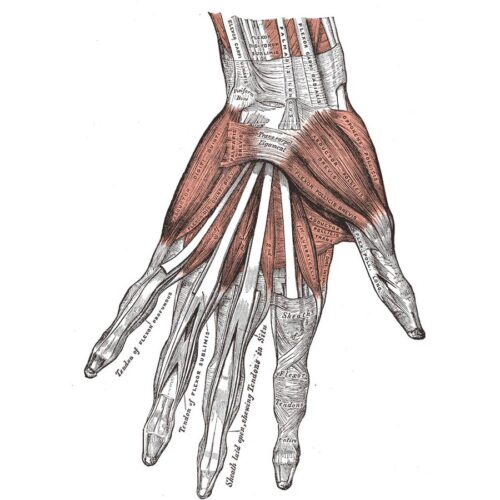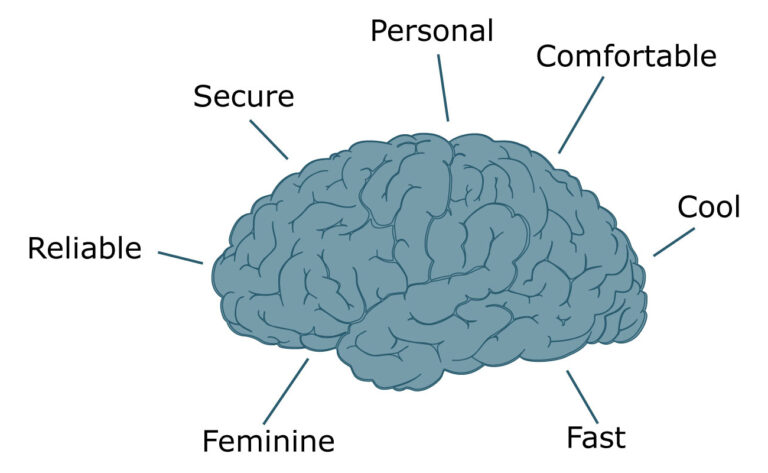FOUR WORKSHOPS
1. BIOMECHANICS

Despite an increasing emphasis on human-centered design and the desire to understand people, few designers have basic knowledge or training on how the human body works. An understanding of ergonomics leads to more usable and desirable products – from day-to-day consumer products to highly specialized medical equipment. In some cases physical usability will determine the difference between a “one star” and a “five star” review. In others it can improve safety and health, and even determine the difference between life and death.
2. STATISTICS FOR DESIGNERS: MAKING SENSE OF DATA

With the proliferation of sensors everywhere in our lives, the rate at which data is being generated seems out of control. The goal, of course, is not to amass data – it’s to make meaning of that data, a task that can often be elusive. This workshop is designed to help participants make sense of, and critique, the design of quantitative studies generated by others, and the results of those studies – marketing, engineering, medical or research and development groups. (Hint: not all studies are well designed.) It will also encourage the incorporation of quantitative methods into current design research activities.
3. PRODUCTS AND BRANDS: PERCEPTIONS, EMOTIONS AND BEHAVIOR

A brand is a promise. The ability to deliver on that promise is key to increasing brand equity – because brands are not defined by companies or organizations, they are defined by the people who use their products and services.
4. DESIGN AND GENDER: UNDERSTANDING FEMALES
